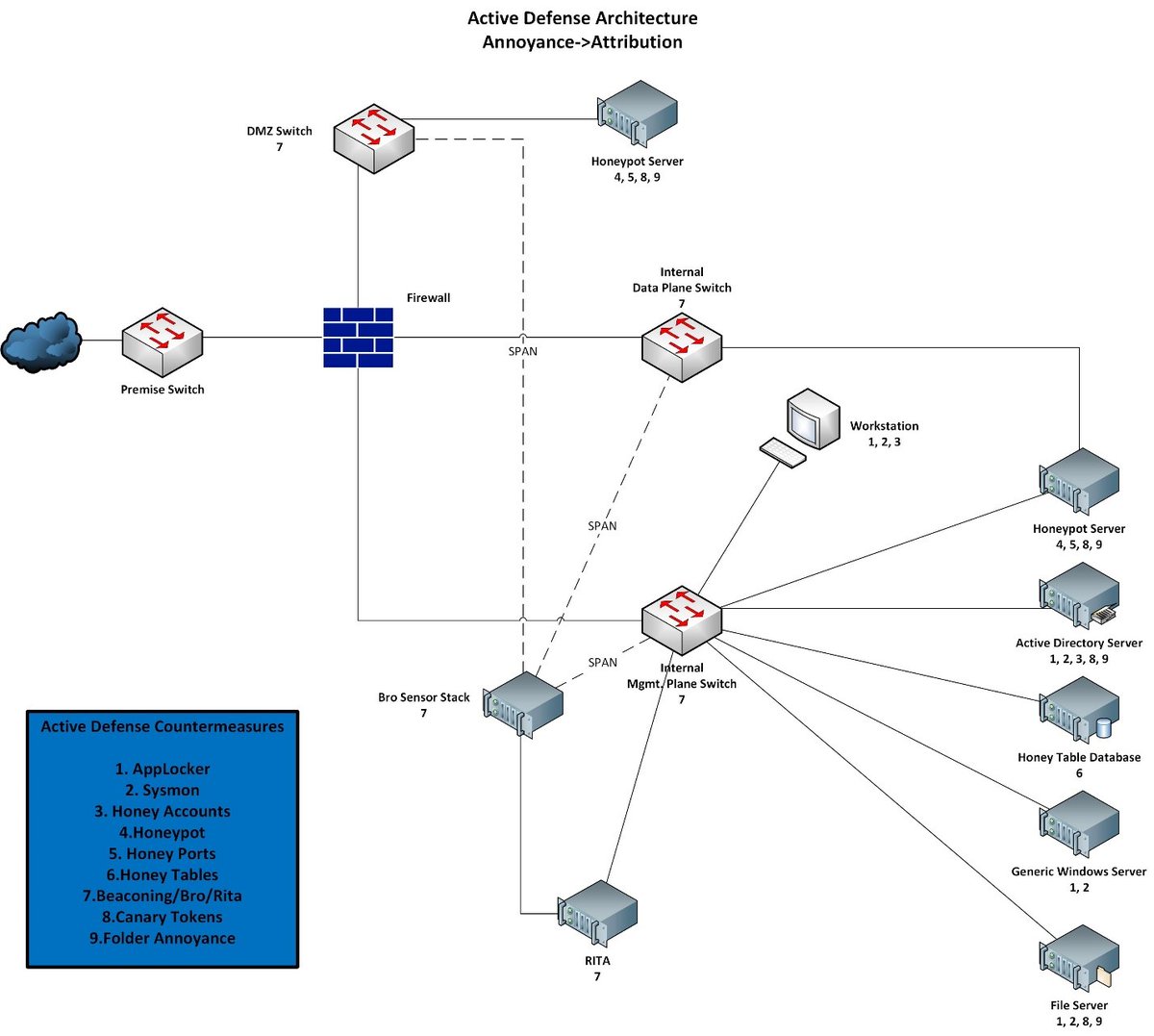
Had a few folks ask about how to get hands on experience when starting to get into tech/cyber. So this thread some of my recommendations of FREE labs/software for networking, Linux, Windows, cybersecurity, and coding that I have used.
I'm going to plug my own stuff first 😂 I have various playlists devoted to lab walkthroughs for networking (Net+/CCNA), Linux, cyber defense, and offensive cyber labs. The majority using free tools for you to follow along🤝
youtube.com/c/cyberinsight
youtube.com/c/cyberinsight

For free networking labs:
Cisco packet tracer:
netacad.com/courses/packet…
Juniper vLabs:
jlabs.juniper.net/vlabs/
Some great lab books (using packet tracer, affiliate links):
amzn.to/3DLDSSg (101 Labs Net+)
amzn.to/3yNWbSN (101 Labs CCNA)
Cisco packet tracer:
netacad.com/courses/packet…
Juniper vLabs:
jlabs.juniper.net/vlabs/
Some great lab books (using packet tracer, affiliate links):
amzn.to/3DLDSSg (101 Labs Net+)
amzn.to/3yNWbSN (101 Labs CCNA)
For free Linux distros to practice with:
Ubuntu: ubuntu.com/download/deskt…
Debian: debian.org
Plenty of other free Linux OS's (We'll get to Kali shortly)
101 Linux lab book (affiliate link) amzn.to/3zLgEcu
Ubuntu: ubuntu.com/download/deskt…
Debian: debian.org
Plenty of other free Linux OS's (We'll get to Kali shortly)
101 Linux lab book (affiliate link) amzn.to/3zLgEcu
For Cyber:
@RealTryHackMe has free labs on off/def & even foundational IT topics (inc Linux/Windows admin topics), tryhackme.com
Linux distros preferred for pentesting:
Kali: kali.org
Backbox: linux.backbox.org
Parrot: parrotsec.org
@RealTryHackMe has free labs on off/def & even foundational IT topics (inc Linux/Windows admin topics), tryhackme.com
Linux distros preferred for pentesting:
Kali: kali.org
Backbox: linux.backbox.org
Parrot: parrotsec.org
For Cyber (pt 2):
These tools are covered in @RealTryHackMe rooms, but good to use in your own lab after using in THM for free:
Wireshark: wireshark.org
Splunk: splunk.com/fr_fr/goto/Dow…
Nessus: tenable.com/products/nessu…
These tools are covered in @RealTryHackMe rooms, but good to use in your own lab after using in THM for free:
Wireshark: wireshark.org
Splunk: splunk.com/fr_fr/goto/Dow…
Nessus: tenable.com/products/nessu…
As far as coding goes there's so many different options of what you want to jump into. @Codecademy is a good place to start:
codecademy.com
I've been enjoying this intro to Python from @moshhamedani :
Also check out @labeveryday 🤝
codecademy.com
I've been enjoying this intro to Python from @moshhamedani :
Also check out @labeveryday 🤝
Here are some folks who have great lab walkthroughs on YouTube to also check out:
@_JohnHammond youtube.com/c/JohnHammond0…
@networkbruh youtube.com/channel/UCjqX6…
@KeepItTechie
youtube.com/c/KeepItTechie
@davidbombal
youtube.com/c/DavidBombal
@_JohnHammond youtube.com/c/JohnHammond0…
@networkbruh youtube.com/channel/UCjqX6…
@KeepItTechie
youtube.com/c/KeepItTechie
@davidbombal
youtube.com/c/DavidBombal
This list is not all inclusive and just a starting point. There are lots of other great resources but I through this together off the top of my head😂
I'm obviously missing cloud labs, so if anyone has any recommendations for that, drop those below (or any other recommendations)
I'm obviously missing cloud labs, so if anyone has any recommendations for that, drop those below (or any other recommendations)
• • •
Missing some Tweet in this thread? You can try to
force a refresh












